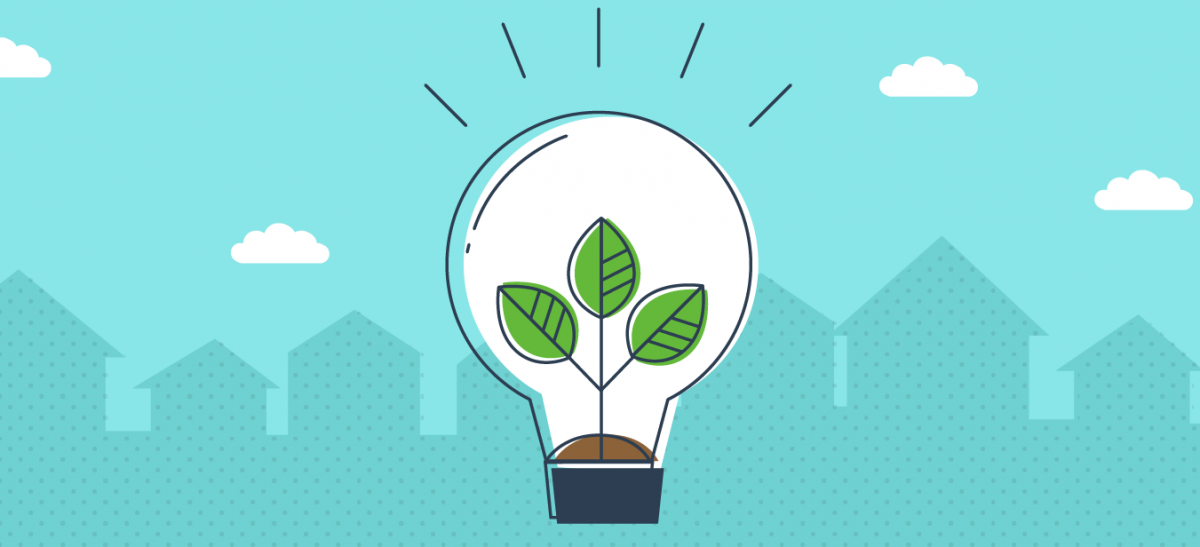A home improvement grant also called a “home repair grant,” is a type of financial aid issued by the government at the federal, state or municipality level. It’s designed to help homeowners in that region make select improvements to their properties.
As long as the applicant and the project meet certain requirements, a home improvement grant does not need to be repaid.
One of the primary problems when doing a home improvement project is the cost to do the project correctly. Luckily, there may be a grant that will help you offset the expense. Dozens of government-sponsored home improvement grants offer money to homeowners making selected updates to their properties. Of course, not everyone—nor every project—will qualify for grant funds.
Grants are highly competitive, and many are designed for specific improvements that ensure the home is safe, accessible, livable and non-hazardous to those on the property and in the community. Read on to see if a home improvement grant can help you achieve your goals.
Requirements & Eligibility
Eligibility requirements vary by the grant. For the most part, grants will have requirements pertaining to the homeowner’s income, their location and the projects the money can be used on.
Just like with your mortgage application, you will need to produce documentation to prove your income. You may also need to prove your financial need, as well as offer assessments of your home’s conditions, your estimated project costs and more. Make sure you know the full scope of requirements for each grant you apply for. Remember, most grants are very limited in number and only a few homeowners are chosen.
Where to Find Home Improvement Grants
There are several places you can find available home improvement grants. Your best bet is to start with your local HUD office (Housing and Urban Development). HUD offers grants like the HOME Investment Partnerships Program for low-income homeowners, as well as various types of home repair loans. Visit HUD.gov to find the office in your area.
You can also look to the National Residential Improvement Association for grants. Just fill out the NRIA’s brief application form, and tell them about your property, the home’s history and the projects or improvements you’d like to take on. An NRIA specialist will get back to you with potential grants you may be eligible for. They might also include options for tax credits, home improvement loans, discount programs and local incentives that can help you cover—or at least reduce—the cost of your projects.
Finally, if you’re in a designated rural area, you can also apply for a home improvement grant with the U.S. Department of Agriculture. These grants offer up to $7,500 toward addressing health and safety hazards at the home or improving its accessibility.
Home Improvement Grants vs. Other Options
Grants aren’t the only way you can fund your much-needed home improvement projects. You can also use a loan, refinance your property or leverage the equity in your home.
The Federal Housing Administration’s 203K loan is a popular choice for homeowners looking to improve their properties. The 203K improvement loan lets you borrow cash to use toward your home repairs and projects, typically at a low rate. There are also low-cost loans from the USDA and HUD if you meet certain location and income requirements.
If you’ve lived in your home a few years and have built up some equity, you can also look to home equity lines of credit (HELOCs), home equity loans or a cash-out refinance. Make sure you shop around first for the best rates. You do not have to use your current lender when refinancing or taking out a home equity loan.
In the event you’re making green or eco-friendly improvements to your home, you may also qualify for certain green energy grants or tax credits that can help offset your costs. For information on this, check out EnergyStar.gov, contact your city or state energy commission and call up local energy companies. Many will offer grants or even reduce your monthly costs when you add certain energy-saving upgrades. The PACE loan is also a good option for green improvements if you’re looking to borrow funds.



